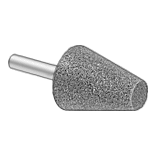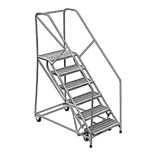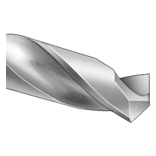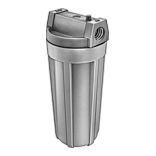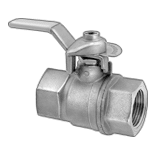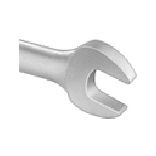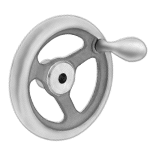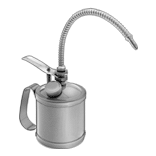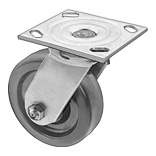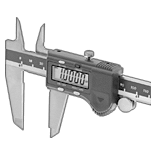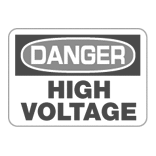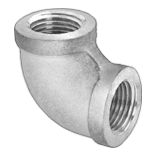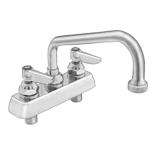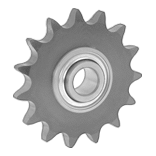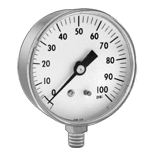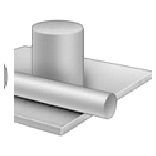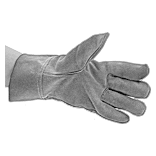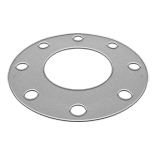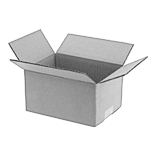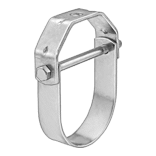Compare over 25 types of plastic to find the right material for you.
Clear Impact-Resistant Polycarbonate Balls

- Color: Clear
- Temperature Range: 0° to 240° F
- Tensile Strength: 8,900-9,500 psi (Good)
- Impact Strength: 12-18 ft.-lbs./in. (Excellent)
- Hardness: Rockwell R118 (Hard)
- For Use Outdoors: No
Offering excellent impact resistance across a wide temperature range, these polycarbonate balls are only half the weight of glass. This material is comparable to Lexan, Hyzod, Tuffak, and Makrolon.
Impact-Resistant Plastic Pellets

Absorbing impact without cracking or breaking, these plastic pellets are molded into parts that endure bumps, scrapes, and falls. Use them with injection molders, 3D printers, and other molding equipment.
Polycarbonate pellets handle higher temperatures than any of these other materials, but they’re more difficult to thermoform. Clear in color and a lightweight alternative to glass, they’re often used to make windows, machine guards, and instrument covers.
Container | ||||||||||||
|---|---|---|---|---|---|---|---|---|---|---|---|---|
| Type | Net Weight, lbs. | Molding Temperature, °F | Melting Temperature, °F | Melt Flow Rate | Shrinkage | Hardness | Impact Strength | Tensile Strength | Clarity | Specifications Met | Each | |
Polycarbonate Plastic | ||||||||||||
Clear | ||||||||||||
| Pail | 5 | 180° to 240° | 540° to 590° | 22 g/10 min | 0.5%-0.7% | Rockwell R120 (Hard) | 14 ft.-lbs./in. (Excellent) | 9,100 psi (Good) | Transparent | FDA Compliant 21 CFR 177.1580 | 0000000 | 0000000 |
| Cardboard Box | 50 | 180° to 240° | 540° to 590° | 22 g/10 min | 0.5%-0.7% | Rockwell R120 (Hard) | 14 ft.-lbs./in. (Excellent) | 9,100 psi (Good) | Transparent | FDA Compliant 21 CFR 177.1580 | 0000000 | 000000 |
